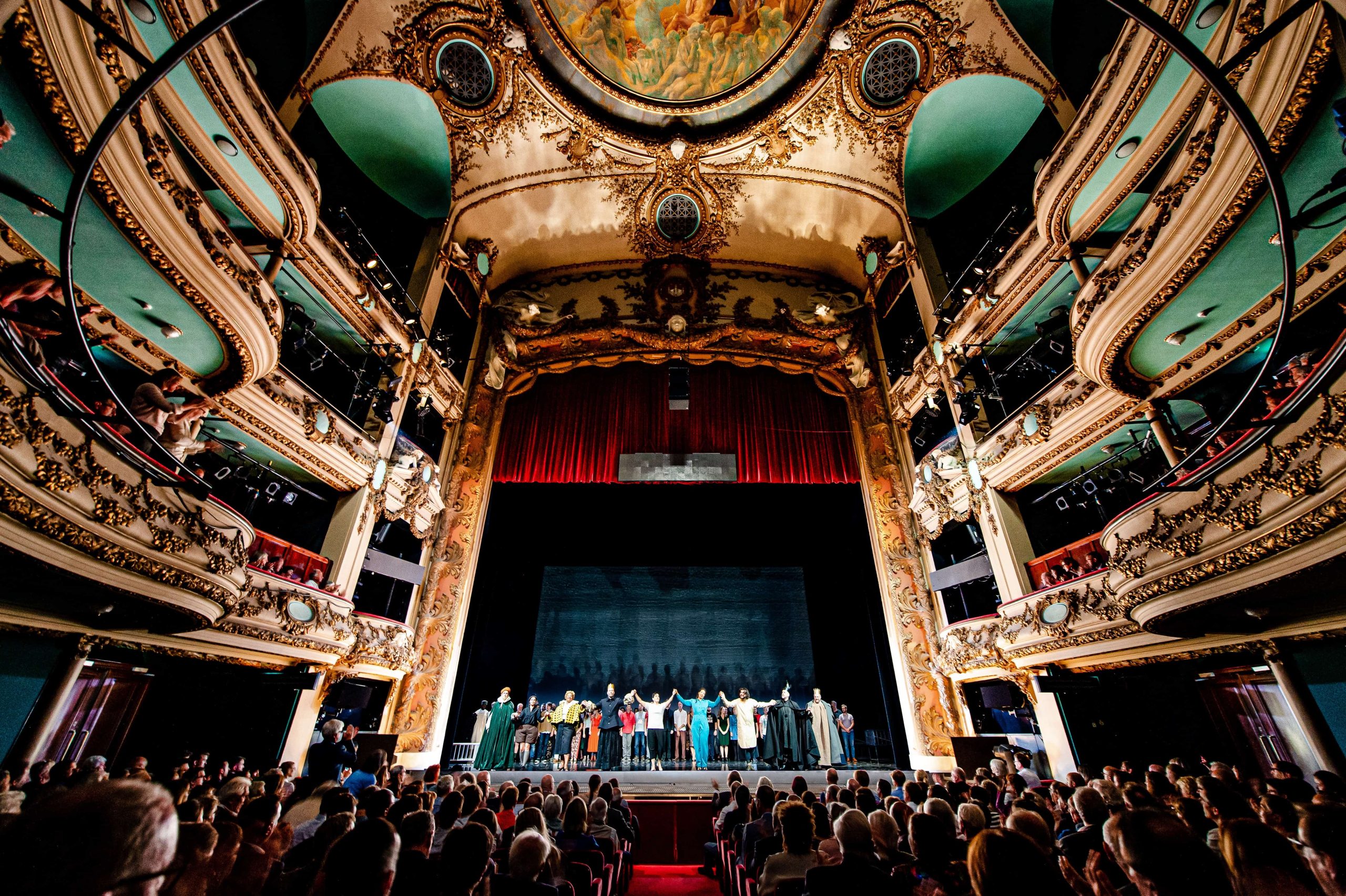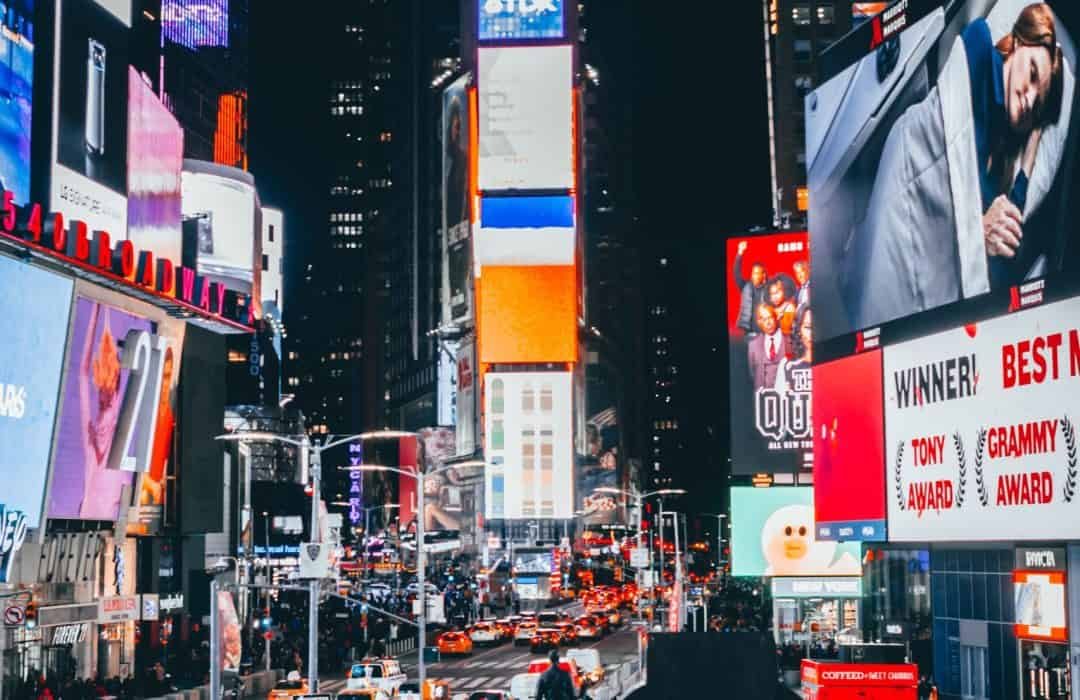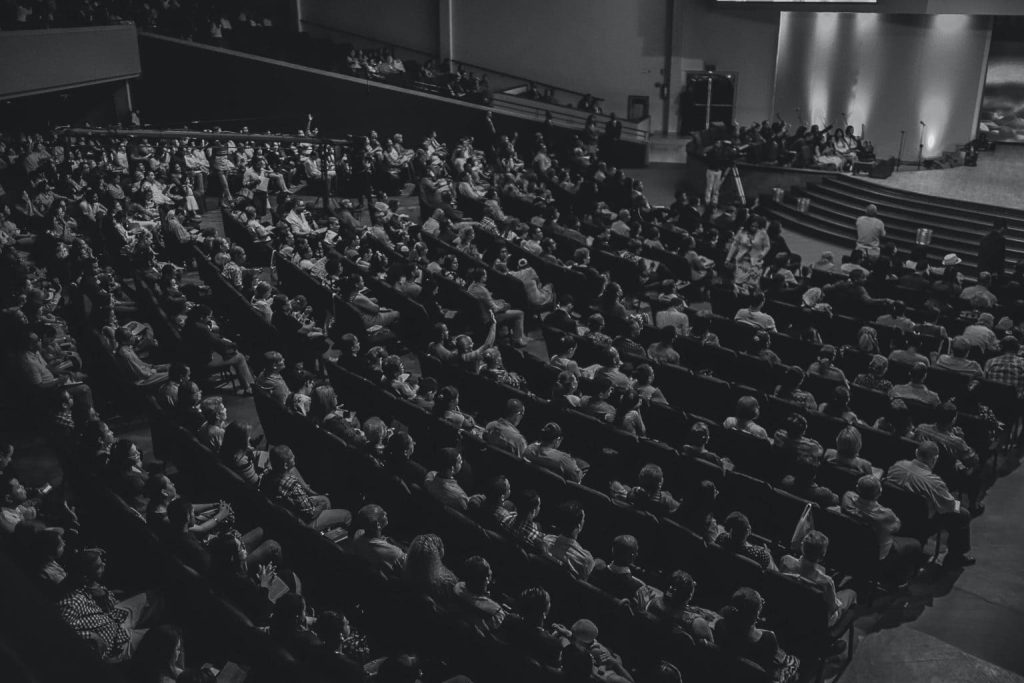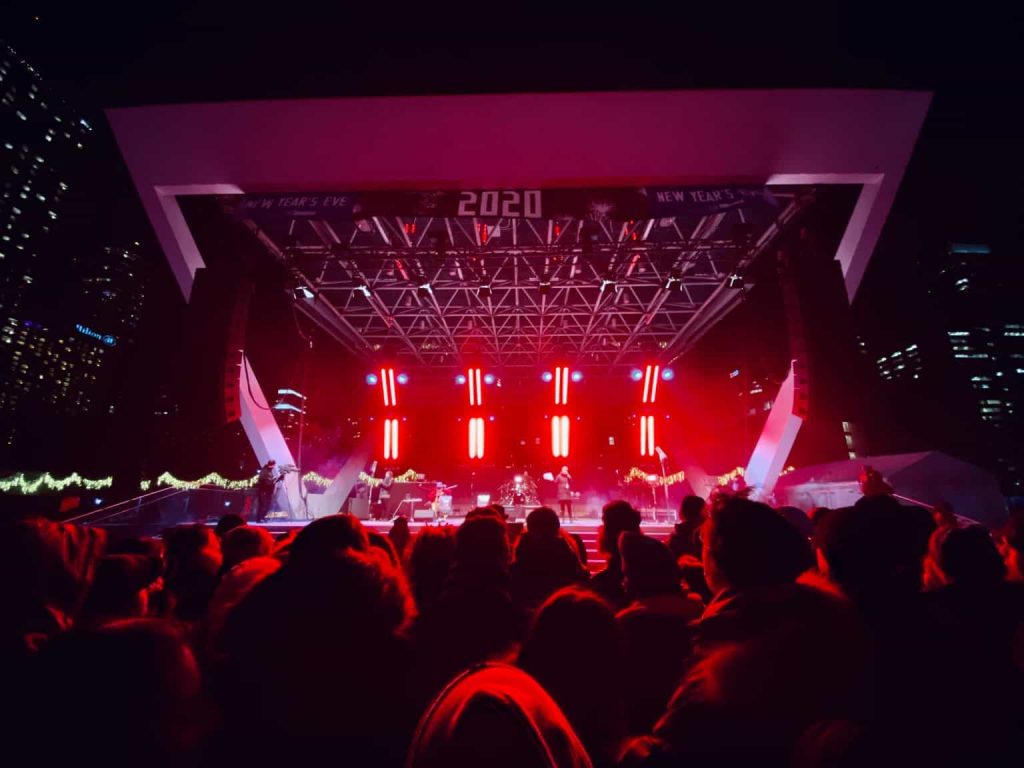
20 Jan The Role of Art in Social Movements
Social movements, driven by collective aspirations for change, find a potent ally in art—a dynamic force that actively propels, molds, and embodies their essence. Art transcends its traditional role as a passive expression, evolving into a vehicle that articulates the intricate narratives of societal issues. Through various forms, such as painting, poetry, and film, art encapsulates the emotions and struggles of those advocating for justice and progress. It not only reflects societal currents but also serves as a catalyst for change within these movements, challenging preconceptions and inspiring new perspectives. The visual impact of iconic photographs, the evocative power of protest songs, and the symbolism in street art amplify the movement’s message, shaping public consciousness and mobilizing collective action.
Moreover, art stands as a testament to the resilience and creativity inherent in the human spirit during times of social upheaval. It becomes a lasting repository of the collective memory, immortalizing the struggles and victories of social movements for posterity. By breathing life into the ideals of a movement, art ensures that the lessons learned and voices raised are not lost to the sands of time. This dynamic interplay between artistic expression and societal change deepens our understanding of historical and contemporary movements, highlighting the enduring power of human creativity in the pursuit of a more just and equitable world.
Art as a Driver of Social Movements

Photo by Meriç Dağlı
Raising Awareness and Sparking Discourse
Art is a vital tool for raising awareness and educating people about challenging subjects in an understandable way. Different art forms, such as songs, murals, and theater, possess the ability to simplify intricate topics, making them relatable to a broader audience. The emotional impact of art has the potential to evoke reactions that inspire action, providing a unique means of communication that surpasses the limitations of words alone. Through its capacity to resonate on an emotional level, art becomes a catalyst for raising awareness and sparking meaningful discourse.
Mobilizing and Unifying Participants
Artistic experiences shared within a community serve to strengthen identity and solidarity within a movement. Anthems, chants, and symbols emerge as powerful rallying points, fostering a collective sense of belonging and purpose among participants. Art transcends its role as mere self-expression, evolving into a tool for recruitment and community organization. The shared cultural experiences forged through art create a unifying thread that binds individuals together, contributing to the cohesiveness of social movements.
Strategizing and Shaping the Narrative
Art provides an essential platform for advocacy, allowing movements to express their policies and agendas in a creative and impactful manner. Through innovative artistic strategies, such as visual representations and performances, art becomes a vehicle for challenging dominant narratives, shedding light on injustices, and influencing public opinion. It transforms into a potent force capable of shaping the narrative surrounding societal issues, thereby influencing decision-makers and contributing to the broader discourse on social and political matters. In this way, art becomes an integral component of strategic communication within movements, amplifying their messages and effecting change.
Art as a Representation of Social Movements

Photo by Luis Quintero
Documenting History and Preserving Memory
Art provides a visual and emotional record of the journey, acting as a key witness to the events and challenges of social movements. Activists’ lived experiences may be captured through visual and performance art in particular, which can chronicle their victories, struggles, and sacrifices. Social movements are memorialized and their memory is preserved for future generations via creative representations. Through artistic documentation, social movement narratives are kept alive and given new life, serving as a physical link to the past.
Expressing Emotions and Amplifying Voices
Art acts as a dynamic outlet for the diverse spectrum of emotions within social movements. It serves as a powerful amplifier for the voices of the marginalized, allowing for the expression of joy, anger, resilience, and despair. The emotional impact of artistic creations resonates with audiences, building empathy and understanding. Through art, the nuanced stories of individuals within a movement are vividly conveyed, ensuring that the emotional and human elements of social struggles are not overlooked but are acknowledged and appreciated.
Building Bridges and Sparking Dialogue
Art creates shared experiences that have the potential to foster understanding across different viewpoints. By challenging biases and promoting critical thinking, art becomes a catalyst for social change through dialogue and reflection. Artistic expressions that provoke thought and contemplation serve as bridges between communities, initiating conversations that transcend boundaries. Through this process, art contributes to breaking down stereotypes and prejudices, encouraging open-mindedness and cooperation. In essence, art becomes a vehicle for building bridges and sparking meaningful dialogue that is essential for the progress of social movements.
Key Takeaways
- Art as a Dynamic Catalyst: Art is not a passive observer but an active force driving and shaping social movements. Its ability to simplify complex issues, mobilize participants, and challenge narratives makes it a dynamic catalyst for change.
- Representation and Preservation: Art serves as a vital representation of social movements, documenting history, preserving memory, and amplifying the voices of the marginalized. It builds empathy, fostering shared experiences that bridge gaps and spark essential dialogue.
- Challenges and Considerations: Despite its transformative potential, art faces challenges such as accessibility, commercialization, and the difficulty of measuring tangible impact. Navigating these challenges requires a nuanced understanding to ensure art remains a genuine and inclusive force within social movements.
- Emotional Resonance and Identity: Art’s emotional impact fosters identity and solidarity within movements. Anthems, murals, and symbols become rallying points, creating a sense of belonging and purpose and showcasing the power of creative expression in mobilizing communities.
- Innovative Advocacy and Influence: Art provides a platform for innovative advocacy, influencing decision-makers, and challenging societal norms. Its role extends beyond expression, actively shaping public opinion and contributing to the broader landscape of social change.
- Human Creativity in Pursuit of Equity: Despite challenges, art stands as a resilient ally, showcasing the enduring power of human creativity in the ongoing pursuit of a more just and equitable society. Its role remains integral as social movements continue to shape the world.
Challenges and Criticisms in Art in Social Movements

Photo by Kayle Kaupanger
Accessibility and Elitism
The possibility of elitism and accessibility problems serving to reinforce inequality is a major obstacle to the use of art in social movements. It becomes imperative to make sure that art is seen by a wide range of people in order to stop the development of socioeconomic or cultural barriers. Such obstacles have to be removed in order to provide art accessibility for all societal members. This might entail encouraging public art projects, lending support to neighborhood-based efforts, and fighting for inclusive cultural policies that put accessibility and representation first.
Appropriation and Commodification
The protection of movement messages and the prevention of exploitation are paramount concerns when incorporating art into social movements. The risk of appropriation and commodification of movement-related art poses a threat to its authenticity and effectiveness. Careful navigation of the fine line between commercialization and maintaining the integrity of the message is necessary. Striking a balance between spreading awareness and avoiding exploitation requires vigilant oversight, ethical considerations, and collaboration between artists and movement leaders to ensure that art remains a genuine reflection of the cause it represents.
Effectiveness and Impact
Measuring the tangible impact of art on social change outcomes poses a substantial challenge. The inherent subjectivity of art and its diverse forms make it difficult to quantify its influence on the success or failure of a social movement. Assessing the effectiveness of artistic endeavors requires a nuanced understanding of their role in the broader context of social movements. Developing metrics and evaluation criteria that go beyond traditional measures is essential to capture the multifaceted ways in which art contributes to social change. Additionally, fostering collaboration between artists, activists, and researchers can help create a more comprehensive understanding of the long-term impact of art within the realm of social movements.

Photo by Joe Pham
Conclusion
The symbiotic relationship between art and social movements is a dynamic force propelling change across generations. Art, as an active driver, simplifies complex issues, sparking discourse, and mobilizing participants through emotional resonance. It serves as a platform for advocacy, challenging dominant narratives and shaping public opinion, ultimately influencing decision-makers. Simultaneously, art emerges as a vital representation of social movements, documenting history and amplifying voices. It fosters empathy and understanding, creating shared experiences that bridge gaps and spark essential dialogue. However, challenges such as accessibility, commercialization, and measuring impact persist, underscoring the need for a nuanced approach in navigating the complexities of art’s role within the broader context of social movements. In the face of these challenges, art remains a resilient ally, a testament to human creativity’s enduring power in the pursuit of a more just and equitable society.
FAQs
How does art simplify complex social issues?
Art serves as a powerful medium for simplifying complex social issues by transforming abstract concepts into tangible, relatable expressions. Whether through visual arts, music, literature, or performance, artists distill intricate societal problems into forms that resonate emotionally. This emotional connection helps bridge gaps in understanding, allowing a diverse audience to grasp the essence of these issues. Through symbolism, metaphors, and storytelling, art simplifies complex narratives, making them more accessible and engaging for individuals who may not be familiar with the intricacies of the social problems being addressed.
How does art foster identity and solidarity within social movements?
As a common cultural environment for attendees, art plays a key role in creating the identity of social movements. Protest songs, recognizable symbols, visual themes, or even certain creative forms might be examples of this. The movement’s participants feel united and a part of it because of these shared cultural features. Moreover, creative manifestations can act as focal points, strengthening a group’s identity and mission. A movement’s links can be strengthened by the emotional effect of art, which promotes unity and a dedication to the goal.
What challenges does art face in social movements?
Art within social movements faces various challenges that may impact its effectiveness in instigating change. Accessibility and elitism can be barriers, as certain forms of art may be confined to specific socioeconomic or educational groups. The risk of appropriation arises when mainstream culture co-opts symbols or expressions originally created by marginalized communities. Additionally, the commodification of art, where it becomes a marketable product, can dilute its original message and intent. Measuring the tangible impact of art on social change outcomes poses another challenge, as the transformative power of art is often difficult to quantify and may unfold over an extended period.
Maximize the impact of your art promotion efforts with these proven strategies written in the “Leveraging Social Media for Art Promotion” guide for effectively leveraging social media platforms to showcase and promote art and artists, enhancing visibility, engagement, and connection with your audience.

